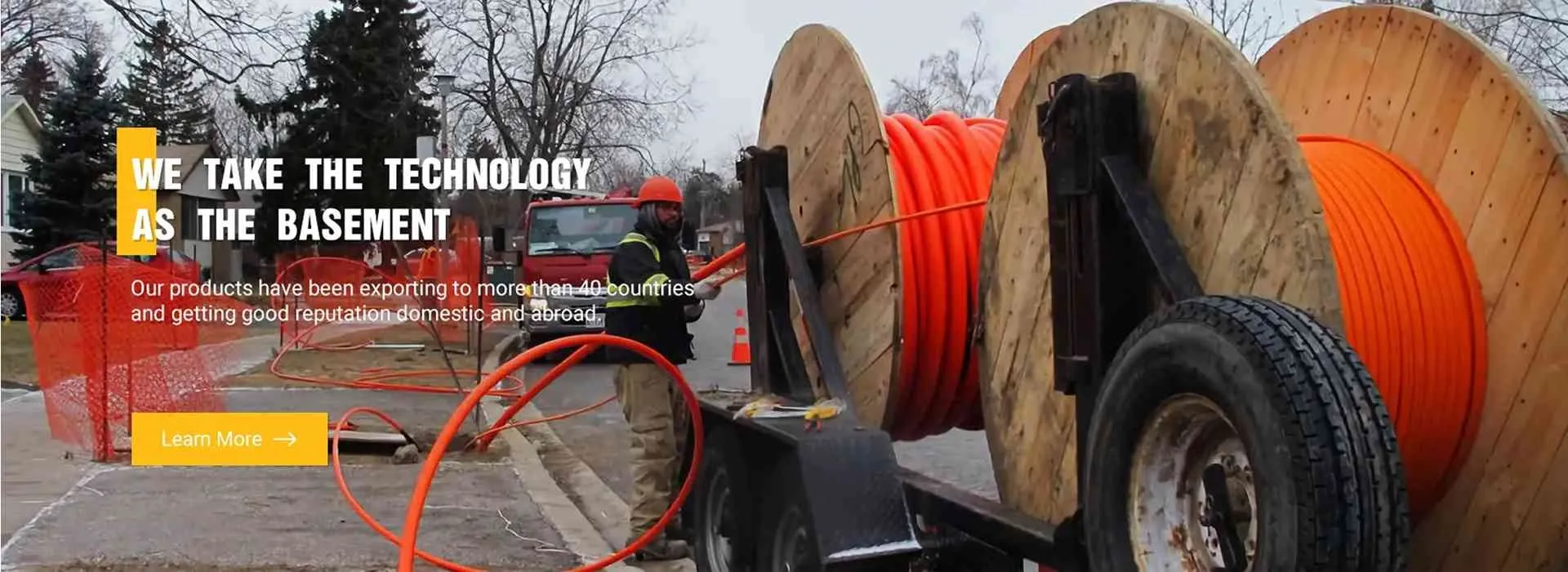
-
 Afrikaans
Afrikaans -
 Albanian
Albanian -
 Amharic
Amharic -
 Arabic
Arabic -
 Armenian
Armenian -
 Azerbaijani
Azerbaijani -
 Basque
Basque -
 Belarusian
Belarusian -
 Bengali
Bengali -
 Bosnian
Bosnian -
 Bulgarian
Bulgarian -
 Catalan
Catalan -
 Cebuano
Cebuano -
 Corsican
Corsican -
 Croatian
Croatian -
 Czech
Czech -
 Danish
Danish -
 Dutch
Dutch -
 English
English -
 Esperanto
Esperanto -
 Estonian
Estonian -
 Finnish
Finnish -
 French
French -
 Frisian
Frisian -
 Galician
Galician -
 Georgian
Georgian -
 German
German -
 Greek
Greek -
 Gujarati
Gujarati -
 Haitian Creole
Haitian Creole -
 hausa
hausa -
 hawaiian
hawaiian -
 Hebrew
Hebrew -
 Hindi
Hindi -
 Miao
Miao -
 Hungarian
Hungarian -
 Icelandic
Icelandic -
 igbo
igbo -
 Indonesian
Indonesian -
 irish
irish -
 Italian
Italian -
 Japanese
Japanese -
 Javanese
Javanese -
 Kannada
Kannada -
 kazakh
kazakh -
 Khmer
Khmer -
 Rwandese
Rwandese -
 Korean
Korean -
 Kurdish
Kurdish -
 Kyrgyz
Kyrgyz -
 Lao
Lao -
 Latin
Latin -
 Latvian
Latvian -
 Lithuanian
Lithuanian -
 Luxembourgish
Luxembourgish -
 Macedonian
Macedonian -
 Malgashi
Malgashi -
 Malay
Malay -
 Malayalam
Malayalam -
 Maltese
Maltese -
 Maori
Maori -
 Marathi
Marathi -
 Mongolian
Mongolian -
 Myanmar
Myanmar -
 Nepali
Nepali -
 Norwegian
Norwegian -
 Norwegian
Norwegian -
 Occitan
Occitan -
 Pashto
Pashto -
 Persian
Persian -
 Polish
Polish -
 Portuguese
Portuguese -
 Punjabi
Punjabi -
 Romanian
Romanian -
 Russian
Russian -
 Samoan
Samoan -
 Scottish Gaelic
Scottish Gaelic -
 Serbian
Serbian -
 Sesotho
Sesotho -
 Shona
Shona -
 Sindhi
Sindhi -
 Sinhala
Sinhala -
 Slovak
Slovak -
 Slovenian
Slovenian -
 Somali
Somali -
 Spanish
Spanish -
 Sundanese
Sundanese -
 Swahili
Swahili -
 Swedish
Swedish -
 Tagalog
Tagalog -
 Tajik
Tajik -
 Tamil
Tamil -
 Tatar
Tatar -
 Telugu
Telugu -
 Thai
Thai -
 Turkish
Turkish -
 Turkmen
Turkmen -
 Ukrainian
Ukrainian -
 Urdu
Urdu -
 Uighur
Uighur -
 Uzbek
Uzbek -
 Vietnamese
Vietnamese -
 Welsh
Welsh -
 Bantu
Bantu -
 Yiddish
Yiddish -
 Yoruba
Yoruba -
 Zulu
Zulu


តុលា . 18, 2024 15:57 Back to list
Screw Pin Design for Enhanced Fastening Solutions in Mechanical Applications
Understanding Screw Pin Type Fasteners
In the world of mechanical engineering and structural design, the importance of fasteners cannot be understated. They are essential components that hold structures together, ensuring stability and durability under various conditions. Among various types of fasteners, screw pin type fasteners have become increasingly popular due to their effective design and versatility. This article delves into the features, applications, and advantages of screw pin type fasteners, highlighting their significance in modern engineering.
What is a Screw Pin Type Fastener?
A screw pin type fastener is a specific kind of fastening device designed to connect two or more components securely. It consists of a pin with a helical thread that allows for easy insertion and removal, providing a tight grip without the need for additional tools. The primary advantage of screw pin fasteners lies in their ability to be assembled and disassembled quickly, making them ideal for applications where frequent maintenance or adjustments are required.
Features of Screw Pin Type Fasteners
Screw pin type fasteners come with several unique features that enhance their performance
1. Material Selection They are available in various materials such as stainless steel, carbon steel, and plastic, catering to different strength and corrosion resistance requirements.
2. Thread Design The helical threads on the screw pin provide a secure engagement with the corresponding nut or threaded hole, ensuring that the fastener does not loosen under dynamic loads.
3. Ease of Use The straightforward design allows for quick installation and removal, making them highly user-friendly, especially in situations where time is critical.
Applications of Screw Pin Type Fasteners
Screw pin type fasteners find applications across a variety of industries, highlighting their versatility
1. Construction In building and construction, they are used to join structural elements, providing stability to frameworks.
screw pin type

2. Automotive Screw pin fasteners are commonly utilized in the automotive industry for securing components within vehicles, from engines to body frames.
3. Marine Their corrosion-resistant variants are favored in marine applications, where exposure to saltwater can be detrimental to lesser materials.
4. Manufacturing In manufacturing environments, screw pin fasteners are often used in machinery and production equipment, allowing for simple maintenance and part replacement.
5. Aerospace The aerospace industry relies on screw pin fasteners due to their reliability and lightweight characteristics, essential for preventing excess weight in aircraft.
Advantages of Using Screw Pin Type Fasteners
The growing preference for screw pin type fasteners can be attributed to their numerous advantages
1. Reusability Unlike permanent fasteners such as welding or rivets, screw pin type fasteners can be removed and reused multiple times without degradation in performance, making them a cost-effective choice for many applications.
2. Flexibility They can accommodate varying component sizes and configurations, lending flexibility to design engineers in their projects.
3. Improved Maintenance With the ease of disassembly, maintenance becomes more efficient, allowing for quicker repairs and adjustments.
4. Increased Safety Their reliable locking mechanisms help prevent unintentional loosening, which enhances the safety of structures and machinery where they are employed.
Conclusion
In conclusion, screw pin type fasteners are indispensable in various sectors, from construction to aerospace. Their unique features, ease of use, and practical benefits make them a preferred choice for engineers and designers. As technology evolves, the design and materials used in screw pin type fasteners are likely to undergo further enhancements, ensuring they remain relevant in the ever-changing landscape of engineering. Understanding their properties and applications will empower professionals to make informed decisions when selecting fasteners for their projects, ultimately leading to safer and more robust structures.
Latest news
duct-rodders-and-conduit-rod-tools
NewsAug.22,2025
ratchet-pullers-and-wire-tightening-tools
NewsAug.22,2025
chain-ratchet-pullers-and-hoist-solutions
NewsAug.22,2025
telescopic-hot-stick-for-electrical-and-high-voltage-use
NewsAug.22,2025
cable-clamp-and-insulated-cable-clamp-systems
NewsAug.22,2025
duct-rodder-conduit-rodder-and-cable-solutions
NewsAug.22,2025








